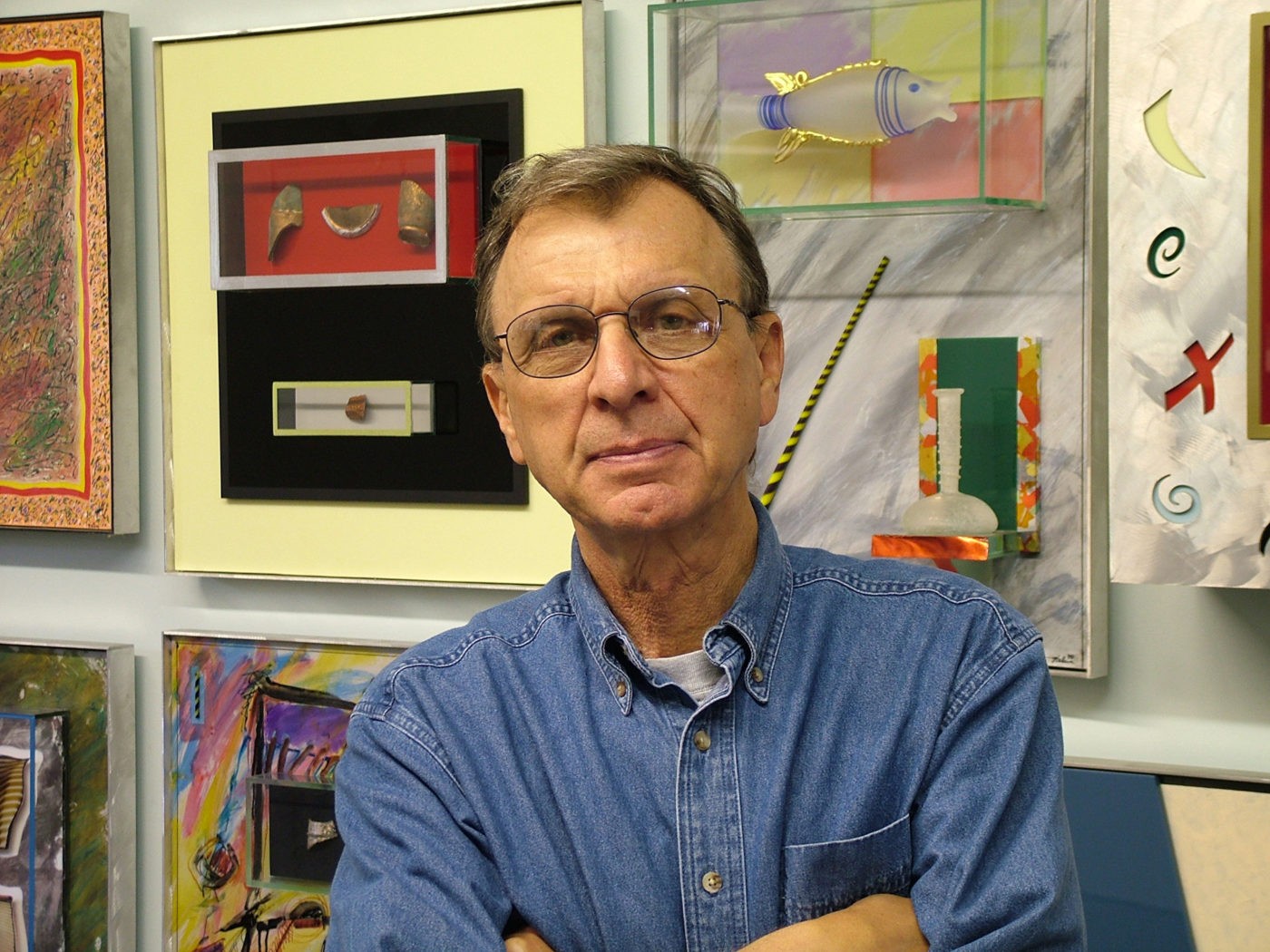
Image courtesy of Henry Halem.
Henry Halem
Henry Halem (1938– ) began working with glass in 1968 while serving as Harvey Littleton’s assistant at the University of Wisconsin-Madison. Trained as a ceramist, Halem earned his BFA from the Rhode Island School of Design in 1960 and his MFA from George Washington University in 1968. In 1969, Halem joined the faculty of Kent State University and founded its glass program. He remained at Kent State for almost thirty years. Halem is one of the founders of the Glass Art Society and served as its first president.
Works
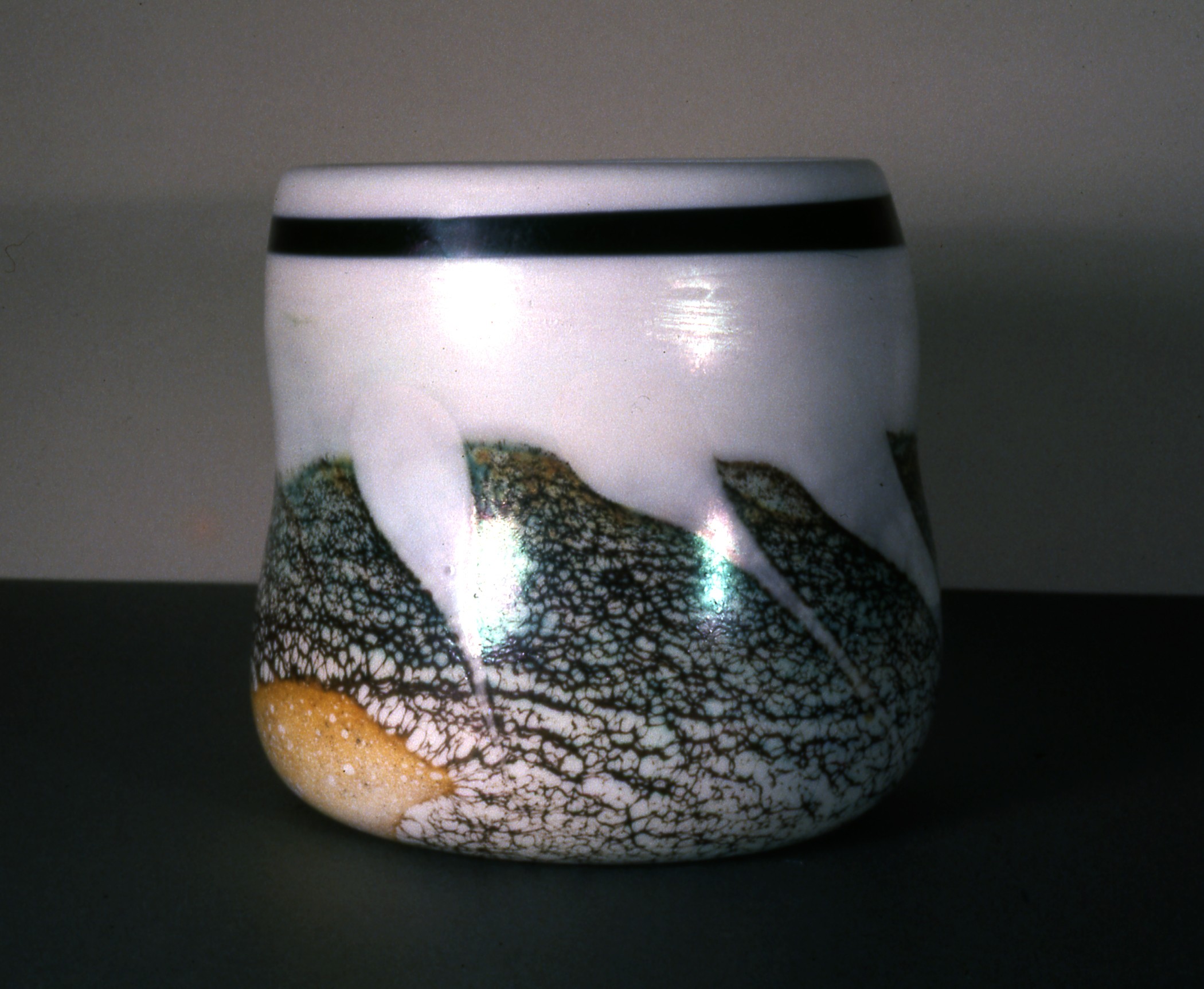
Bowl, 1974. Blown milk glass with glass powder overlay. Image courtesy of Henry Halem.
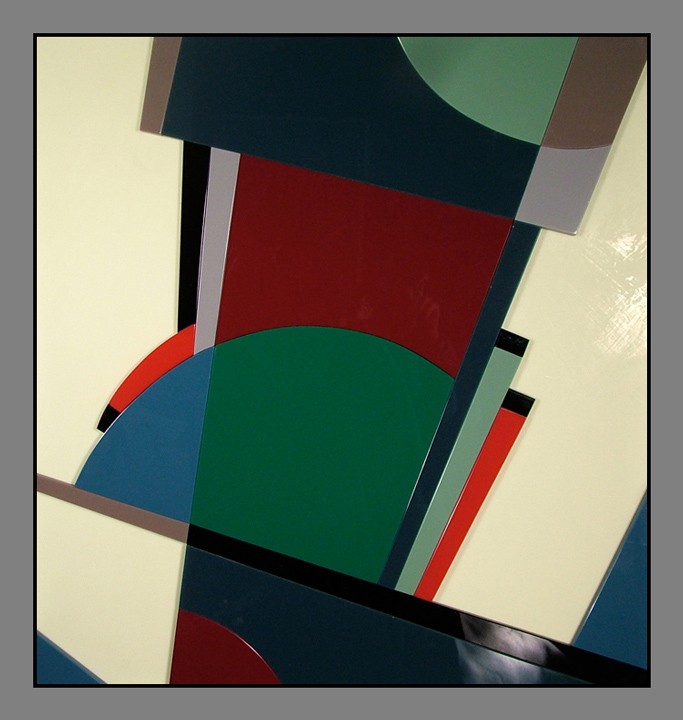
Deco, 2012. Vitrolite glass cut and assembled on a Vitrolite backing. Image courtesy of Henry Halem.
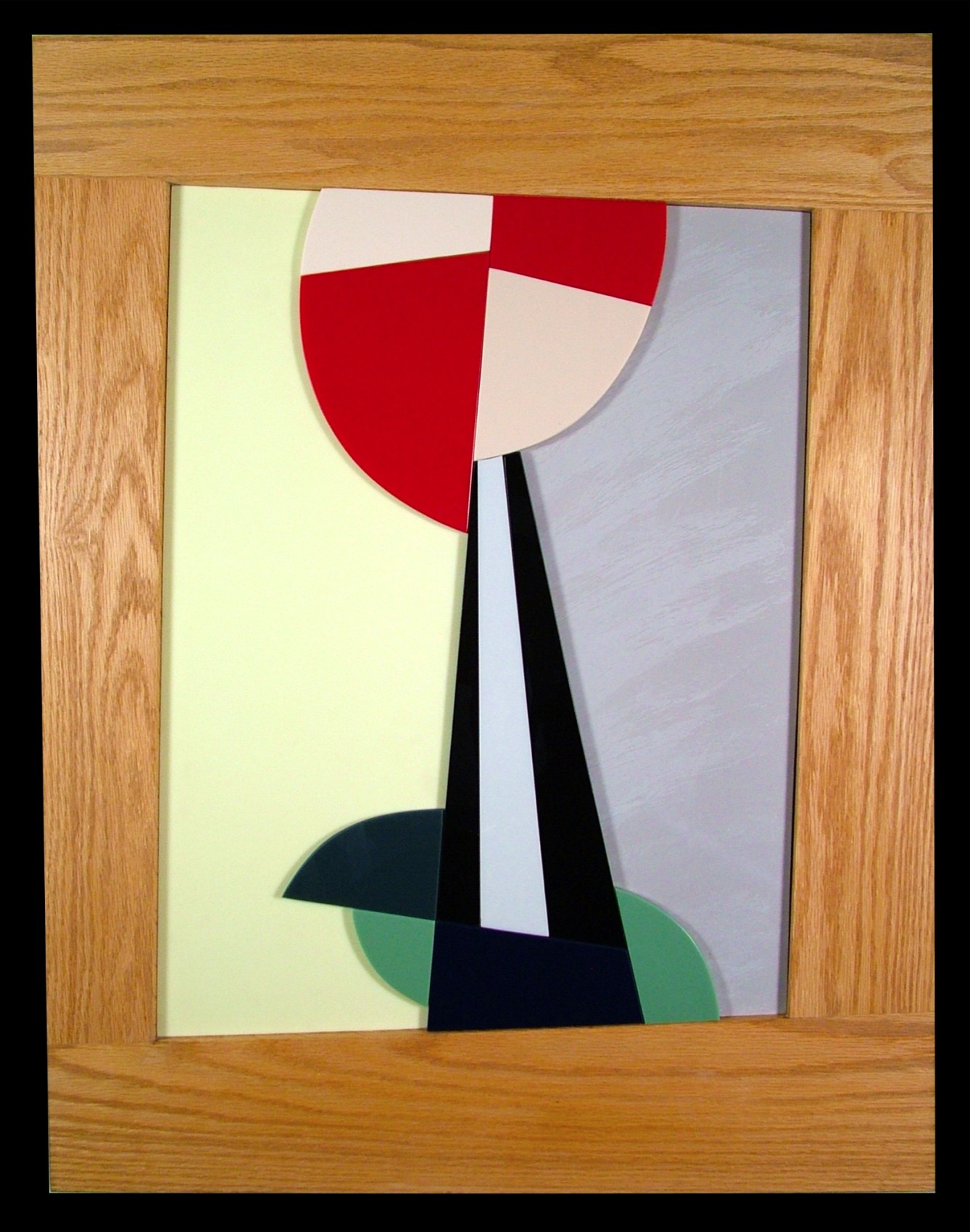
Futuristic Goblet, 2010. Vitrolite glass cut and assembled on a Vitrolite backing. Image courtesy of Henry Halem.
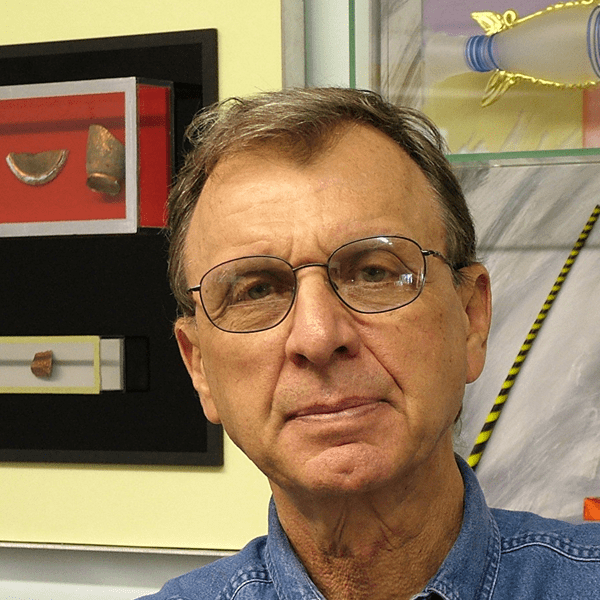
Bibliography
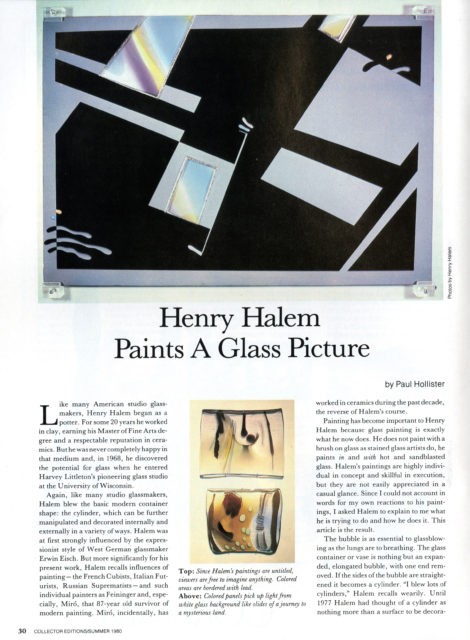
“Henry Halem Paints a Glass Picture.” Collector Editions 8, no. 3 (Summer 1980): 30–32.
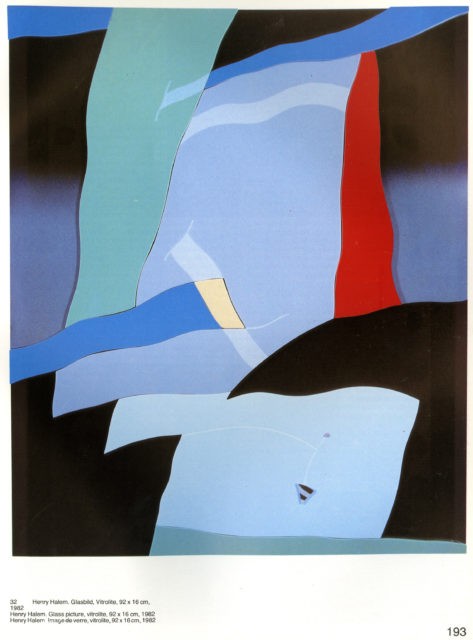
“Henry Halem: Die Fläche ist die Botschaft / The Plane Is the Message.” Neues Glas, no. 4 (1982): 189–94.